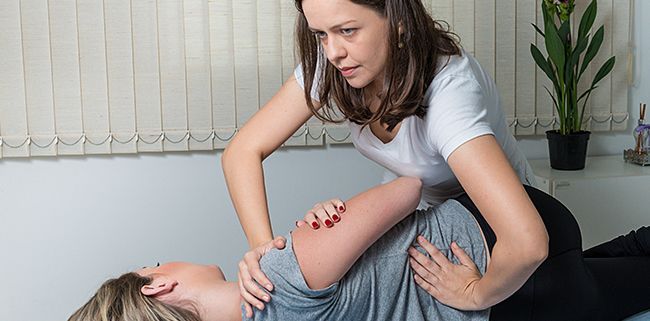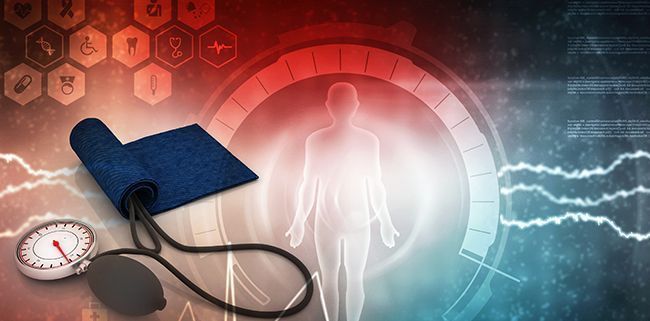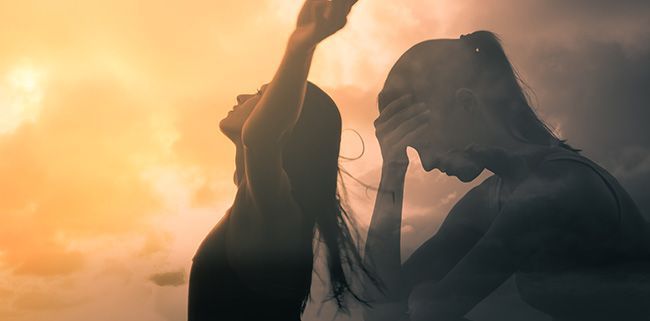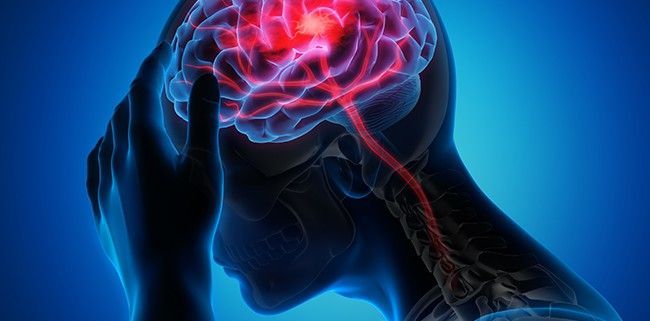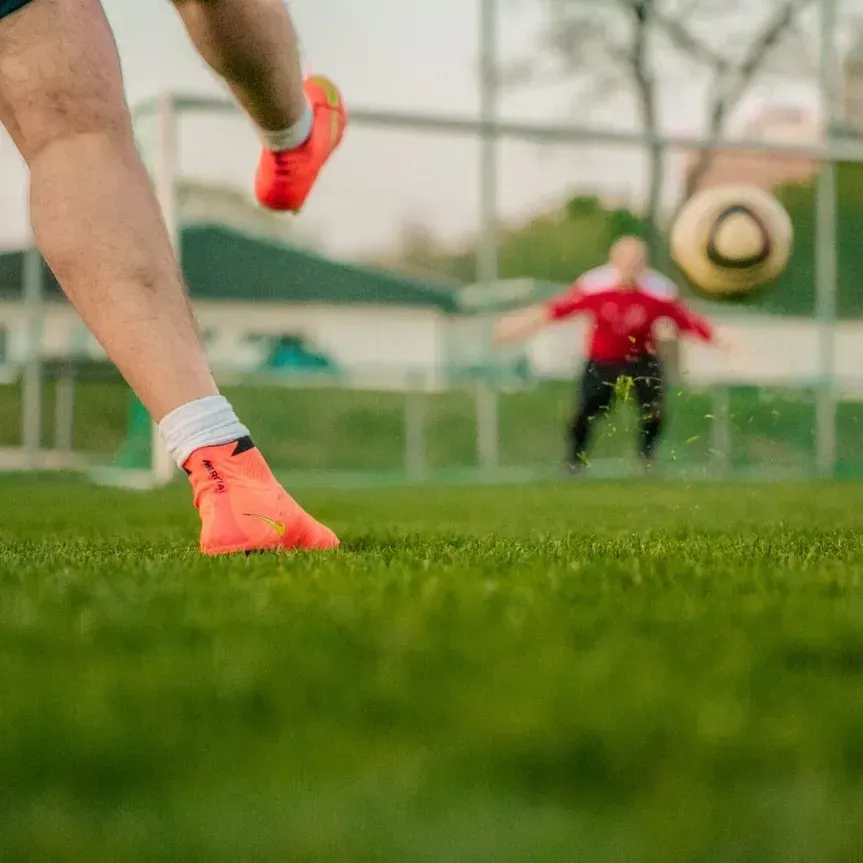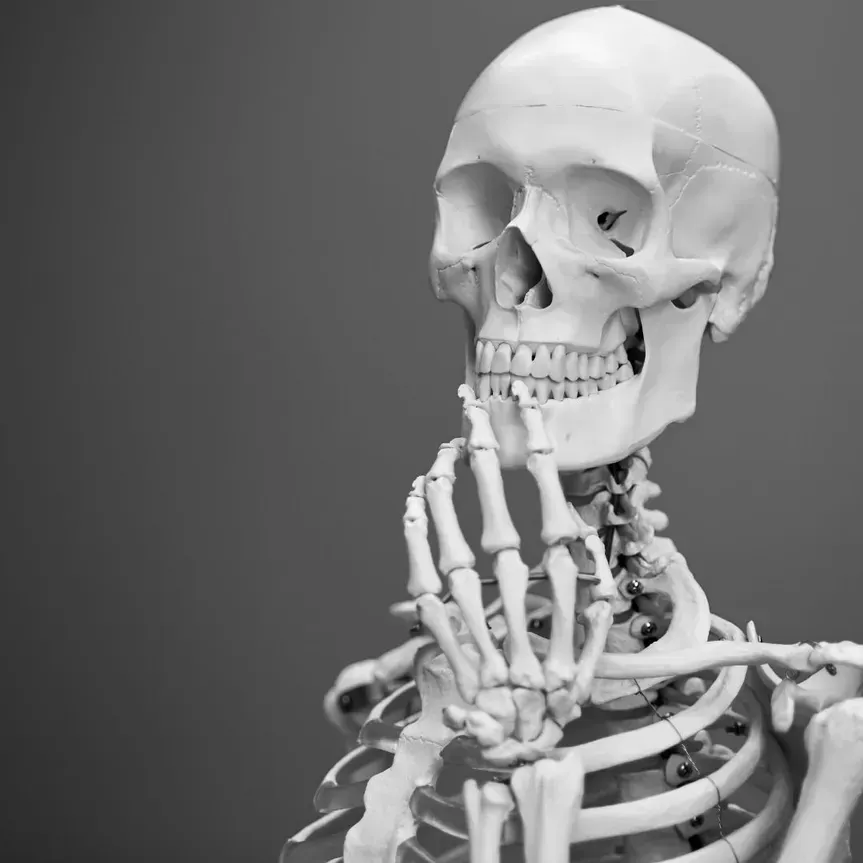Facts everyone should know about their spine!
Anatomy
The spine is a column made up of 24 individual bones called vertebrae, plus the sacrum (5 fused vertebrae) which sits on top of the coccyx, a.k.a the tailbone (usually 4 fused vertebrae). Each vertebra is broadly made up of a large ‘body’ at the front, and a bony arch with various prominences coming off it at the back. The vertebrae stack on top of one another and are separated between each ‘body’ by a disc, whilst the bony prominences at the back form small joints with the vertebrae above and below at each level. These are known as ‘facet’ joints. The spine is also held together by ligaments and have many muscles attaching to them at each level. The spinal cord is housed inside a canal formed by the bony arches being stacked on top of one another.
Spinal conditions
Now we’ve talked a little bit about anatomy, let’s switch focus to how these structures, which make up the spine, can become affected. Here is a brief overview of the ‘spondyls’ (p.s. ‘spondylos’ is the Greek word for vertebrae):
- Spondylosis: This refers to degenerative changes to the vertebral bodies and the discs. As we age and through wear and tear on our spines, changes can be seen in these structures. Extra bone formation around the border of the vertebral bodies and discs can occur. These small bony spurs are known as osteophytes. If the level of degeneration and osteophyte formation is severe enough, it is possible for one vertebral body to join or fuse with another, which can restrict movement at this segment. Signs that a disc has degenerated includes loss of disc height and hydration levels, and possible bulging. Degeneration of these structures tends to occur slowly through life from around the age of 20-30.
- Spondyloarthrosis: This refers to degeneration of the facet joints in the spine. This is also known as facet joint osteoarthritis. These joints are affected in a similar way to what our knee or hip joint might be if they degenerate as these joints are also covered in cartilage, surrounded by soft tissue membranes and filled with fluid. The facets allow and restrict certain movements depending on what region of the spine they are in. The cartilage breaks down, bony spurring develops and the soft tissues that surround the joints can become worn and stiff over time.
- Spondylitis: This refers to an inflammatory disease that affects the spine. There are many different inflammatory diseases that can impact the spine. Examples include Ankylosing Spondylitis, Reactive arthritis, Psoriatic arthritis, Enteropathic arthritis and Rheumatoid arthritis. These diseases affect the body in a much broader way than just inflammation in the spine. They also affect the different systems of the body, including the digestive, cardiovascular and urinary systems. These conditions are partly managed with use of medications designed specifically for inflammatory disease.
- Spondylolysis: This refers to a defect or fracture of part of the arch that makes up the back part of a vertebra. This is usually brought on by repetitive excessive loading of the spine into backwards bending (extension), as seen in dancing, gymnastics and cricket. There may also be a genetic link which leaves certain individuals weaker and more susceptible to this injury. It is a common cause of low back pain in teenagers due to increased activity levels at this age.
- Spondylolisthesis: This refers to the forward ‘slipping’ of a vertebral body on the one below it. This can occur as a direct result of a spondylolysis, or may occur secondary to degeneration, trauma, serious bone disease, or developmental abnormalities. If the slippage is severe enough, it can press onto the nerve tissue coming out of the spine and cause potentially serious problems that may require surgical intervention. This condition most commonly affects the lower lumbar spine and is a potential source of low back pain, particularly in those who have an increased curve in the low back.
We hope that's cleared up the confusion. Importantly, a degenerated or diseased spine on an image does not necessarily mean it will give you pain. Take 100 random adults off the street with no reported history of back pain and over 80% of them will have some signs of degeneration in their spine. Our spines and bodies are wonderful structures and adapt very well to change.
Want to look after your spine now for later in life? Call us on 07 4721 1011 to book an appointment and we will assess your movement and point you in the right direction. You don’t have to be in pain to come and see us here at Mark O’Brien Chiropractic.
